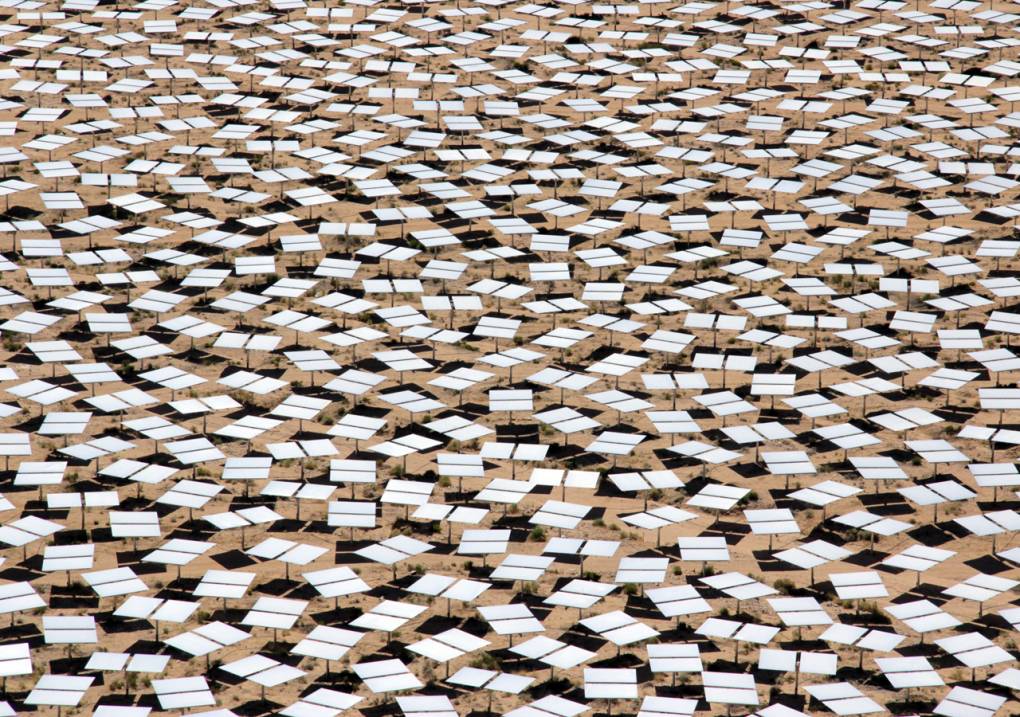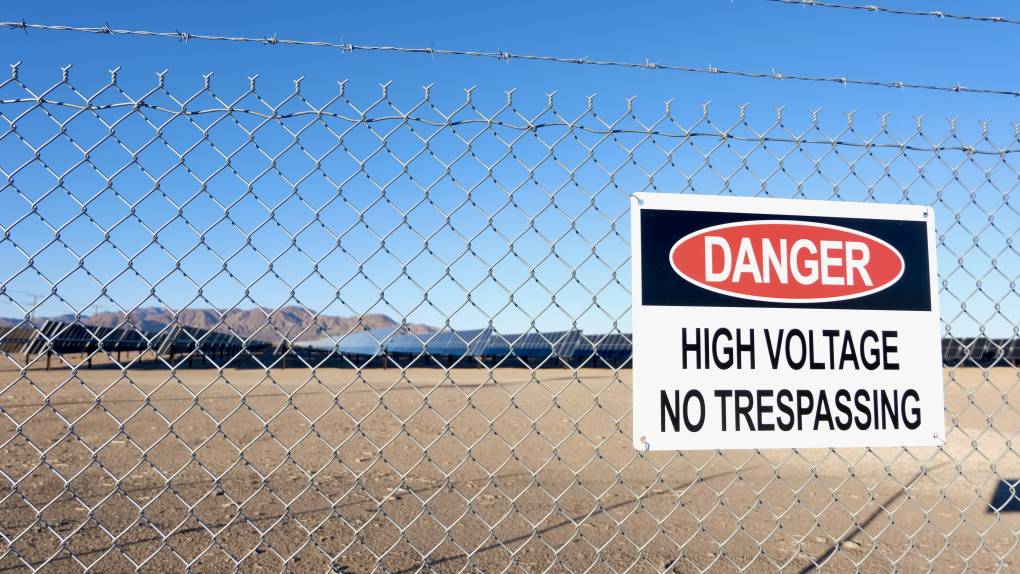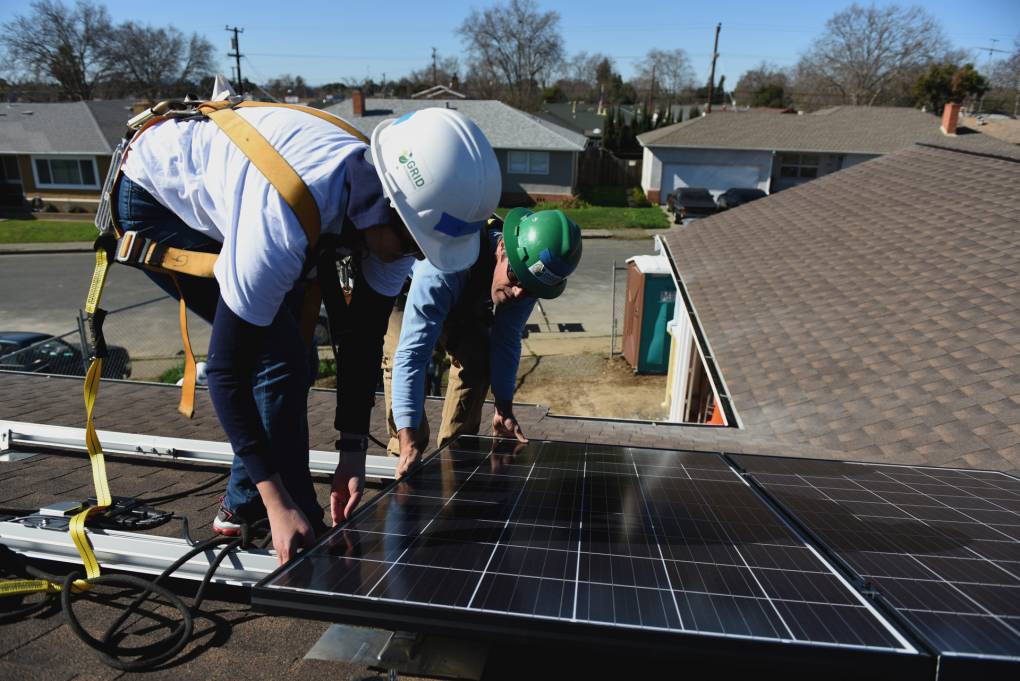Throwing a wrench into the economics of rooftop solar also complicates the statewide push to go electric, to the chagrin of property owners and the entire electrification industry.
“Solar is one of the biggest revenue streams for a landlord asking ‘Why should I invest all this money in a heat hump, a new hot water system?’” said David Chanin, co-founder of FutureFit Partners, a company that helps house and apartment owners make those investments. “Under these new rules I have pretty serious concerns that entire building electrification projects just won’t pencil out anymore.”
And while the overhaul for single-family solar users mostly directly affected homeowners, it’s apartment-dwelling renters who are likely to be most affected by the current decision.
The current system “really is the only mechanism we have for a lot of low-income people living in multifamily housing to get solar and clean energy,” said Andrew Dawson, a lobbyist with the California Housing Partnership, a nonprofit that advocates for affordable housing. “For electrification purposes, solar is really important to make sure that people’s bills don’t increase significantly.”
Other programs do exist to help lower income Californians go green. The state’s Solar on Multifamily Affordable Housing program provides financial incentives for property owners to invest in new panels and is funded under a different formula. But that program’s coverage is patchy across the state, said Dawsom.
Andrea Barnier with Self-Help Enterprises, a low-income housing provider in Visalia, said only 15 of the organization’s 40 multifamily projects will be insulated from the policy change through that state program. For the remaining sites, and all future apartment projects, she called the new rule a potential “deterrent to all-electric design.”
In a filing with the CPUC, the state’s three investor-owned utilities note that multifamily solar is still a relatively rare phenomenon in California. At last count, just 217 residential facilities across the state make use of the program, along with 513 other mixed residential and commercial sites.
But with the state vowing to simultaneously turbocharge apartment construction, electrical vehicle purchases and the jettisoning of gas stoves and hot water heaters, critics say that while supporting distributed solar may not be vital now, it will be in the near-future.
“As climate impacts like rising heat continue to increase, there is an ongoing need for grid independence and alternate energy solutions from batteries during rolling blackouts and emergencies, so this also impacts our ability to develop resilient communities,” said Barnier.
A coming political dust-up?
It may only be a matter of time before this argument gets dragged out of the highly-technical and mostly overlooked corridors of the CPUC and into the broader realm of partisan politics.
In July, the California Democratic Renters Council, a coalition of tenant rights, pro-housing and environmental justice advocacy groups, sent a letter to the CPUC’s five commissioners. It decried the proposed regulatory change that “would force renters to buy all of their power from the utility even when it is generated on their own rooftop” and “discriminate against renters by not giving them the same fair treatment as single-family homeowners.”
Though many observers expect the CPUC to ultimately vote for the overhaul next week, the breadth of the coalition that has mobilized against it might be difficult for other state lawmakers to overlook, said Raymer with the building industry.
“From a political standpoint, if this gets passed the way it’s proposed, I think the Legislature will be right back in 2024 addressing this,” he said.



